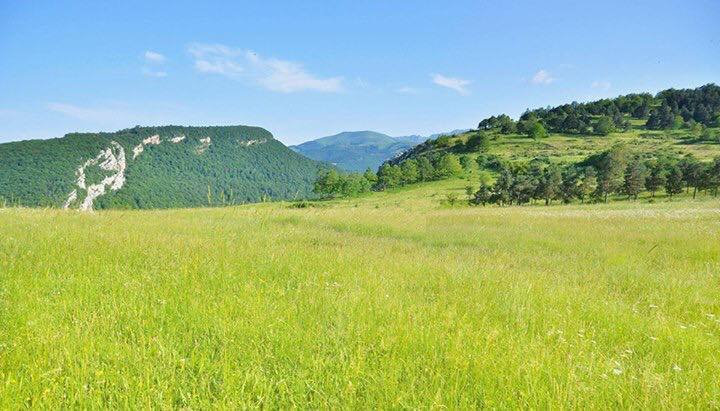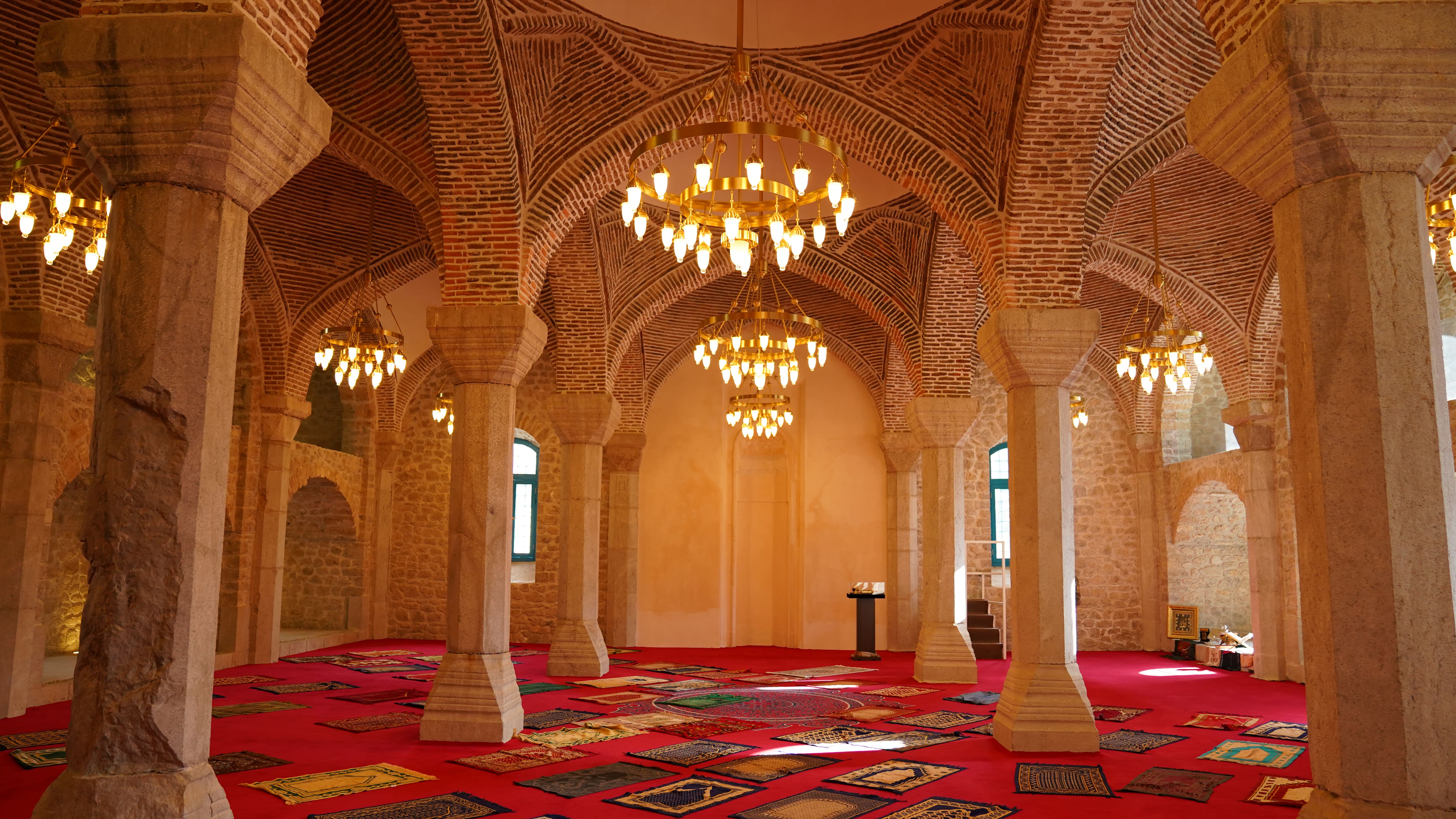XVIII century

In his historic address to the nation on 8 November 2020, President of the Republic of Azerbaijan, Supreme Commander-in-Chief Ilham Aliyev announced the liberation of Shusha city from the Armenian occupation and gave the most important news of the last two hundred years of history of Azerbaijan. The liberation of Shusha from occupation cemented the political, military and moral victory of Azerbaijan.
Foundation of the city of Shusha is connected with the name of the founder of the Karabakh khanate Panahali khan Javanshir (1748-1763). Seeing that the Bayat and Shahbulag fortresses, built in 1748 and 1752, were unreliable, Panahali khan decided to build "an eternal and unshakable fortress in the mountains, in a strong and impenetrable place." While the center of the khanate was still in the Shahbulag fortress, the construction of a new city-fortress began on the inaccessible mountain plateau located at an altitude of 1300-1600 m above sea level. After the necessary work was done for the security of the population, in 1756/57 Panahali khan moved the capital of the Karabakh khanate from Shahbulag fortress to the newly built city-fortress. The city was initially called Panahabad after the name of its founder, and after his death, the city was called Shusha according to the relief.
The city was surrounded on three sides by steep cliffs and on the fourth by strong fortress walls, which had long been known as an impregnable fortress. The city's connection with the outside world was through the gates of Ganja, Agoghlan, and Irevan. The formation of Shusha as a city has gone through several stages. In the first stage, covering the reign of Panahali khan (1748-1763), the first large neighborhood of Shusha, and later the Tabrizli neighborhood, called the Lower neighborhood, were built. Small neighborhoods such as Chukhur, Kurdlar, Julfalar, Seyidli, Quyular, Merdinli, Haji Yusifli, Gazanchali and Chol Qala were located in this neighborhood, where the majority of the population was once relocated from Tabriz and Ardabil to Bayat fortress.
The second stage of the formation of Shusha as a city covers the reign of Ibrahimkhalil khan (1763-1806). At this stage, the second large neighborhood of Shusha, consisting of 8 small neighborhoods (Khanlig, Saatli, Kocharli, Mamayi, Khoja Marjanli, Demirchi, Hamam Qabaghi, Taza) - Upper neighborhood was formed. The second half of the 18th century is one of the most glorious pages in the history of Shusha. During this period, the city was repeatedly attacked, but did not bow to the enemy, proving that it was an impregnable fortress. Famous commanders such as Mahammadhasan khan Gajar in 1757, Fatali khan Afshar in 1760, Aga Muhammad khan Gajar in 1795 could not take the heroic city of Shusha. The defensive structures created by Panahali khan and Ibrahimkhalil khan by skilled Azerbaijani masters played an important role in repelling enemy attacks.
Shusha has long been the administrative center of Karabakh, as well as a very important economic center. The main trade and handicraft facilities were concentrated in the area called Ashagibazar and Meydan, which played a central role in the city. In addition to many shops and artisans' workshops, several caravanserais and baths were built and put into operation. From the end of the 18th century, the city of Shusha became one of the important trade centers of the entire South Caucasus. Merchants brought gold paint from Derbent to Shusha, weapons, silk, mahud from Sheki, oil and saffron from Baku, salt and cloth from Nakhchivan, and fruit and vegetables from Ganja. The cities of South Azerbaijan and Iran, as well as the Ottoman Empire, Russia, India and European countries played an important role in Shusha's trade relations. Merchants from Shusha were regular participants of the famous fairs in Leipzig, Germany, and Nizhny Novgorod, Russia.

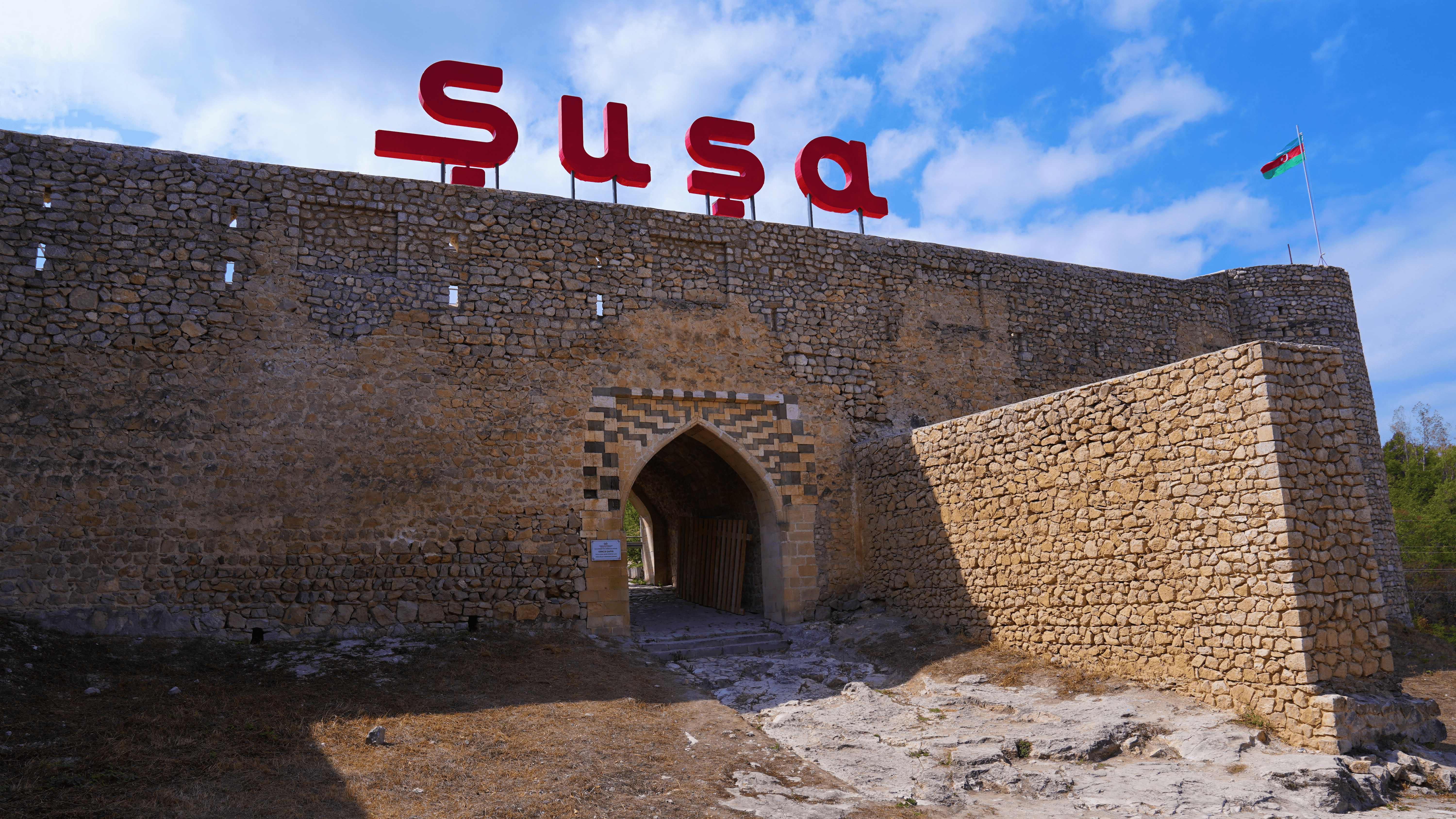
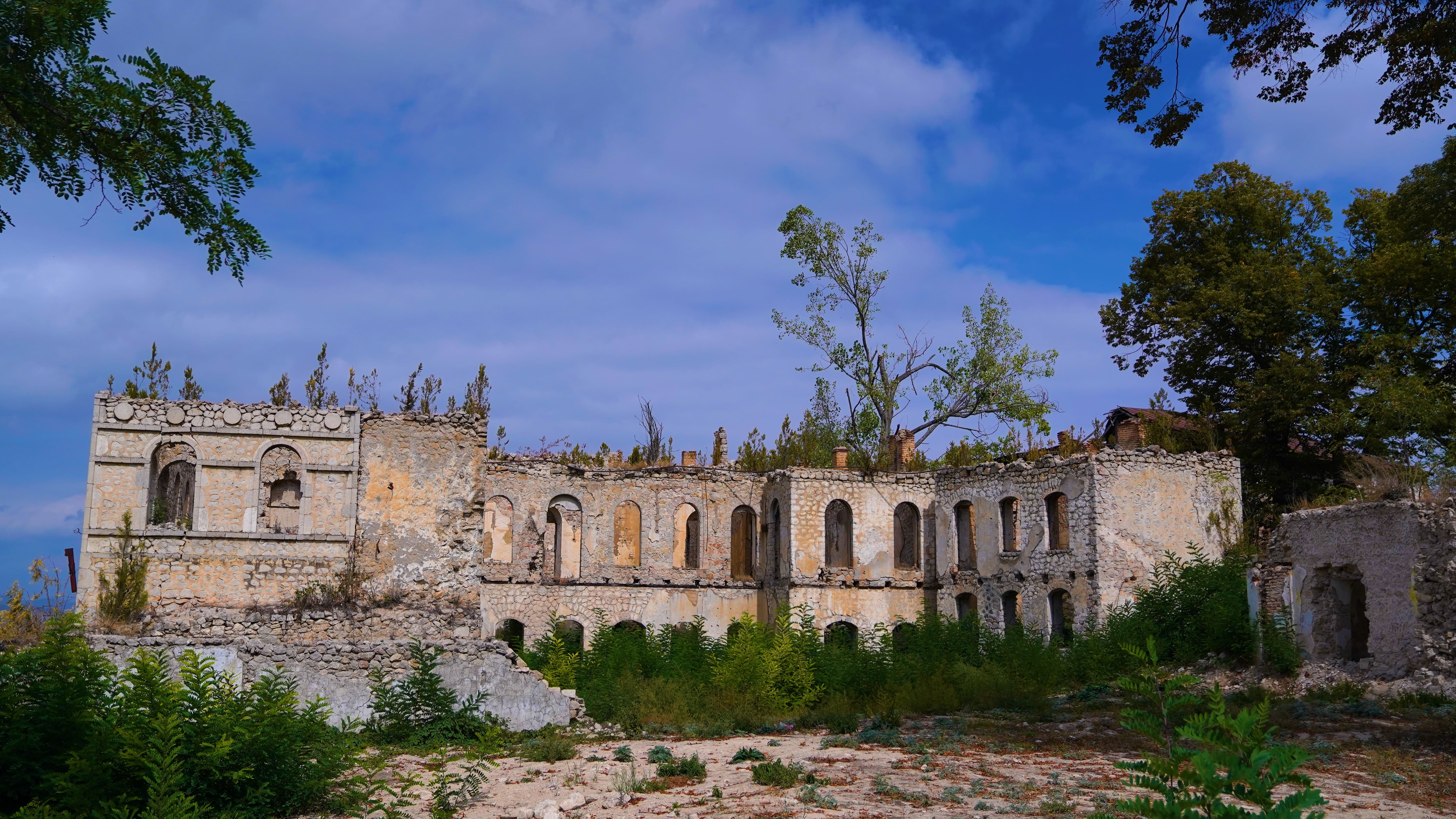
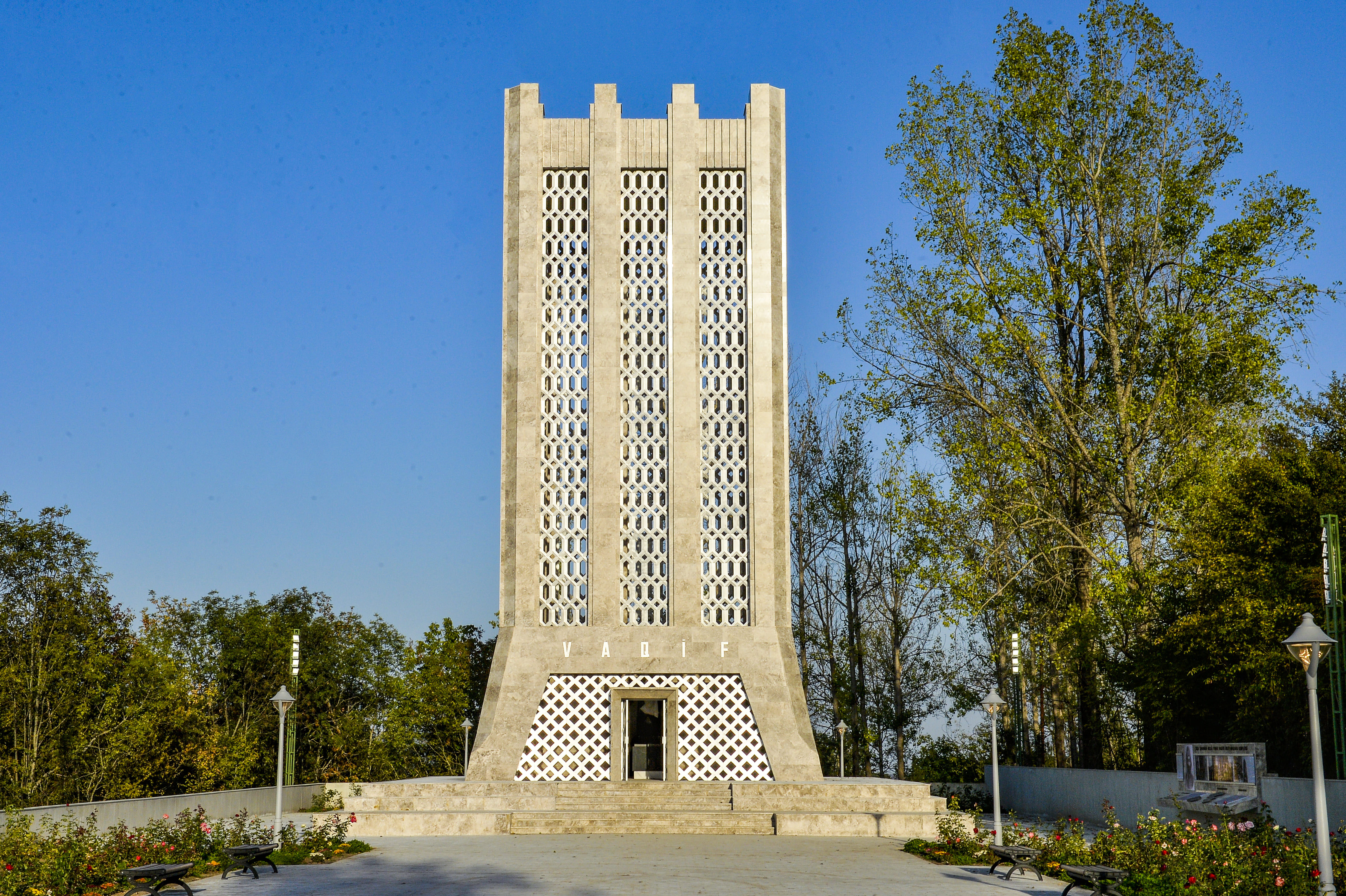
.jpg)
